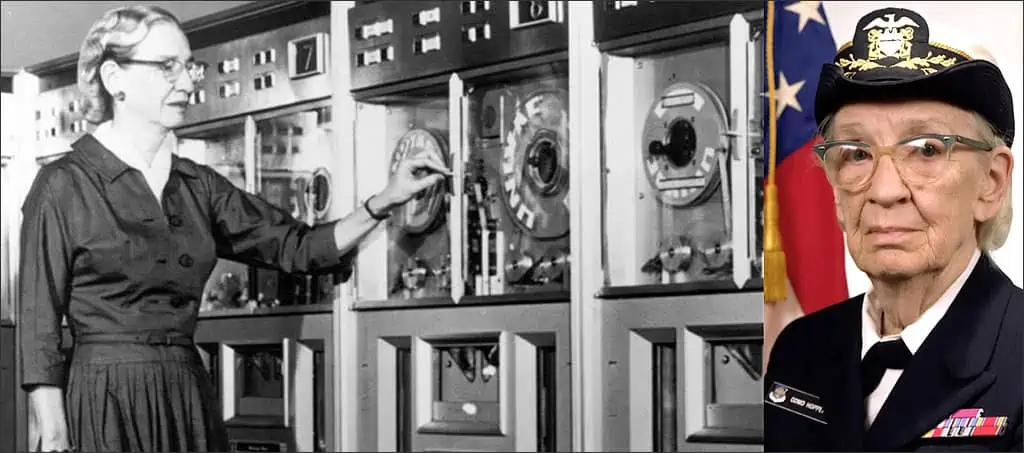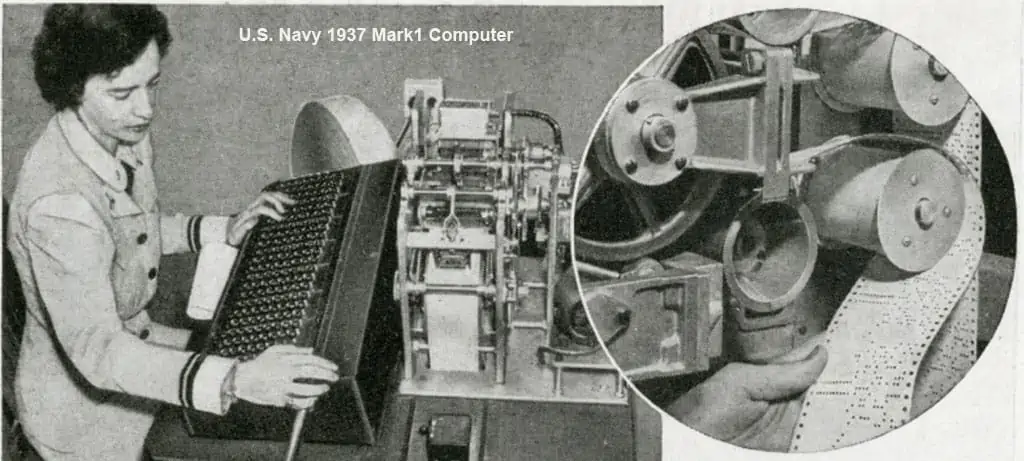
This Wednesday’s Woman is “Amazing Grace.” Grace Hopper was determined to join the U.S. Navy in the midst of World War II. But the 37-year-old associate professor just barely squeaked in under the Navy’s cutoff age By 1943 Hopper had earned a Ph.D. in math from Yale and was teaching at Vassar.
So the Navy assigned her stateside to a project at Harvard, helping program Mark I, designed in 1937 as the country’s first computer. When a moth flew into the computer, shorting it out, Hopper joked they would now have to “debug” the machine.

The term stuck. By 1952 she and her team had created the first compiler — a program that helps translate computer code from one language into another.
She also helped develop the COBOL computer language. In 1983 Hopper was promoted to Rear Admiral (lower half) — equivalent to the rank of brigadier general in the other branches of the service and the rank of commodore in most other navies.
But owing to the breadth of her accomplishments as a pioneering computer scientist and her rank, she was often simply referred to by subordinates as “Amazing Grace.”
Grace Hopper involuntarily retired in 1986 with the highest level of distinction for non-combat personnel. At 79 she was the oldest active-duty commissioned officer in the U.S. Navy. She continued to train young people and lecture until she passed away in 1992 and was buried with full military honors in Arlington National Cemetery.
